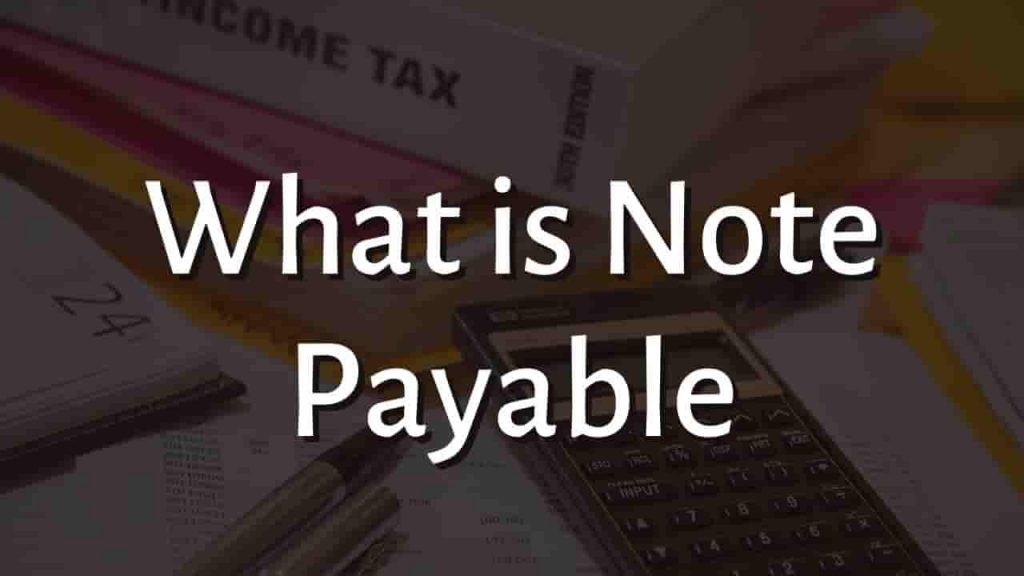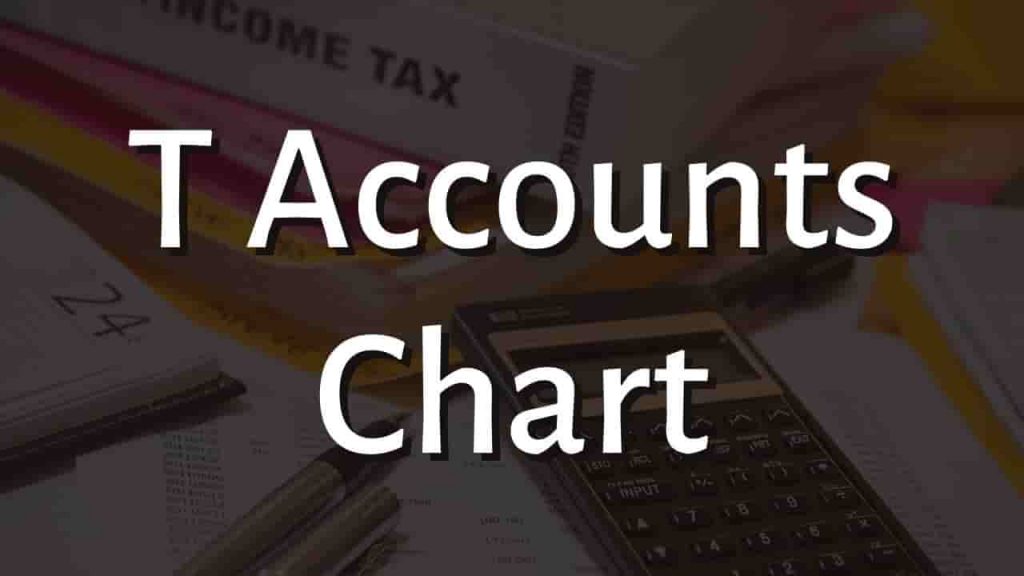What is Depreciation Expense
Fixed assets lose value over time. This is referred to as depreciation, and it is the source of depreciation expenses on corporate income statements and balance sheets.
Depreciation expense is the part of a fixed asset that is consumed in the current period. This sum is subsequently debited to the expense account. This charge is intended to gradually lower the carrying amount of fixed assets as their value is consumed over time. There is no accompanying cash outflow because this is a non-monetary item.
Understanding Depreciation Expense
Depreciation is a non-cash expense that businesses subtract from their net income. It is the monetary amount of depreciation that a capital asset will experience over the course of an accounting period.
Depreciation expenses are based on the assumption that long-term assets like machinery, computers, software, and cars have an estimated useful life and that the value of such assets will diminish over the duration of that lifespan.
Methods of Calculating Depreciation Expense
A depreciation expense can be calculated using one of three types of depreciation methods:
1. Straight Line Depreciation Method
Straight-line depreciation is a straightforward approach for calculating how much asset value is lost over time until it reaches its salvage value—or the point at which the asset is no longer usable. This approach is commonly used to calculate the cost of a capital asset and employs the following formula:
Straight line depreciation formula = asset cost – salvage value / useful life
2. Reducing /Declining Balance Depreciation Method
Declining balance depreciation records large percentages of depreciation expenditure at the start of the asset’s useful life and gradually reduces depreciation expense percentages until the asset’s useful life is through. The following formula is used to calculate Declining balance depreciation:
Declining balance depreciation formula = (net book value – salvage value) x 1 / useful life x depreciation rate
The double-declining balance depreciation technique is a popular alternative for organizations that use declining balance depreciation. The expense is adjusted annually until the asset achieves salvage value. Typically, the corporation will boost the net book value of the asset by a factor of 1.5 or 2.
Declining balance depreciation formula = (net book value – salvage value) x 2 / useful life x depreciation rate
3. Units Of Production Depreciation Method
Units of Production Depreciation enables firms to allocate an asset’s cost based on its use. The units-of-production depreciation method computes depreciation expense per unit of product. The following formula is used in this method:
Unit depreciation expense formula = (fair value – residual value) / useful life in units
How To Calculate Depreciation Expense
The straight-line depreciation technique can be used to compute a depreciation expense. The straight-line technique requires only a few simple inputs and a simple calculation to calculate depreciation.
Begin with the asset’s initial cost. Begin your straight-line depreciation computation by recording the cost of your capital asset at the time of acquisition.
Determine the asset’s salvage value. The salvage value, also known as the residual value, is the amount of money you might anticipate to collect after the expiration of an asset’s useful life. This may be the entire amount of money you could earn if you sold physical assets like vehicles and computers for parts.
Subtract the salvage value from the asset’s original cost. The difference between these figures is the total depreciation you can claim during the asset’s life.
Divide the total amount of depreciation by the number of years you intend to keep the capital asset. This quotient will calculate the yearly depreciation amount for each year the asset is owned. Both the first and last years of ownership will show the same amount of depreciation.
Divide your depreciable amount by the number of accounting periods you have. Some businesses record annual depreciation expenses, while others compute depreciation quarterly or monthly. To calculate the depreciated valuation for each accounting period, divide the yearly depreciation amount by four (for quarters) or twelve (for months).
Following is the calculation of depreciation expense through straight line method:
The cost of an item after its useful life has expired is known as residual value.
- Cost of an asset: 120,000
- Residual value: Rs. 20,000
- Expected life: Rs. 5 years
Solution:
Depreciation = (120,000 – 20,000) ÷ 5
= 20,000
Depreciation Expense Example
Assume a company spent $120,000 on displays for its store. The displays have a 10-year useful life and no salvage value. The straight-line approach of depreciation will result in a $1,000 monthly depreciation ($120,000 divided by 120 months).
The monthly journal entry will be a $1,000 debit to the income statement account Depreciation Expense and a $1,000 credit to the balance sheet counter asset account Accumulated Depreciation.
Depreciation Expense Journal Entry
Purchased fixed asset
Relevant asset account (Debit)
Cash, Bank or payable account (Credit)
| Date | Particular | L/F | Debit | Credit |
| xxxx | Asset | xxxxx | ||
| Cash or Bank | xxxxx |
The following two heads of accounting are used to record depreciation:
- Depreciation Expense Account
- Accumulated Depreciation Account
The current year’s depreciation is recorded in the depreciation expense account. The depreciation of the asset from the financial year in which it was purchased to the current financial year is included in accumulated depreciation.
This account accumulated depreciation for the years in which the asset was used.To put it another way, this account indicates the asset’s cost of use up to the current year.
Under the title of Administrative Expenses, the depreciation account is charged to the profit and loss account.
Fixed assets are shown on the balance sheet at their written down value that is:
Written down Value = Original cost of the fixed asset – Accumulated Depreciation
Journal entry for the depreciation is given below:
| Date | Particular | L/F | Debit | Credit |
| xxxx | Depreciation Expense | xxxxx | ||
| Accumulated Depreciation | xxxxx |
Depreciation Expense on Income Statement
The depreciation expense recorded on the income statement is the amount applicable for the time period indicated in the income statement’s heading.
In the above mentioned example, the monthly income statements will show a depreciation charge of $1,000. Depreciation expenditure of $3,000 will be shown in the quarterly income statements, and $12,000 will be reported in the yearly income statements.
Each month, $1,000 in depreciation expense is linked to the 120 monthly income statements in which the displays generate sales revenue.
Depreciation Expense on Balance Sheet
The depreciation recorded on the balance sheet is the entire amount of depreciation reported as depreciation expense on the income statement from the time the assets were purchased until the balance sheet date.
Using our example, the accumulated depreciation for the displays will be $1,000 after one month of operation. The accumulated depreciation shown on the balance sheet after 24 months of usage will be $24,000.
The accumulated depreciation shown on the balance sheet after 120 months will be $120,000. The depreciation will stop at that moment since the $120,000 cost of the displays has been entirely depreciated.
If the displays are still used in the 11th year, there will be no depreciation charge and the accumulated depreciation will remain at $120,000.
Depreciation Expense Vs Accumulated Depreciation
The amount of depreciation reported on a company’s balance sheet for a single accounting period is referred to as a depreciation expense. Accumulated depreciation is the cumulative amount of an asset’s depreciation up to a specific point.
If you tally up all of a capital asset’s depreciation expenses throughout the period of ownership, the entire amount represents the asset’s accumulated depreciation.
Accumulated depreciation is a contra asset that should appear on a company’s balance sheet under conventional accounting methods. Meanwhile, depreciation expenses should be deducted from income statements on a regular basis.
For more click here and if you are looking for full forms of different acronyms and words then check out this list you really gonna find this helpful. We also have an Essay on every topic, Check the complete list here. If you are Studying in Matric Free Video Lectures of Maths, Physics and English are here, and we have got you covered for I.COM Business Maths also.







